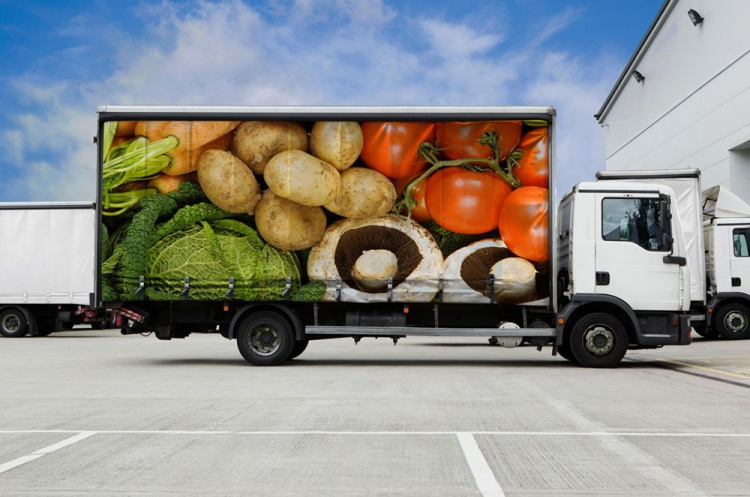The transport companies often deal with perishable goods such as fruit and vegetables. This kind of expedited freight is especially relevant in summer and autumn. Sometimes conflicts occur between the sides of the transport business because goods are damaged.
The international sanitation rules of fruit and vegetable transportation refer to only fresh perishable and dehydrated semi-finished products. The main condition of their transportation is delivery by ships, by the railway refrigerated wagons, and by the automobiles-refrigerators. Modern trucks are equipped with a special facility that provides cooling and heating regimes.
The main recommendations for the long-distance delivery of the fruit and vegetables are:
- the selection of the fruit and vegetables (overripe, dirty, and rotten fruit are forbidden to be transported);
- sanitation preparation of the vehicles (disinfection and decontamination);
- following the temperature regime for transportation (there are lists where the minimal and maximal temperature indicators are mentioned; every kind of product has its own requirements);
- protection against dirtiness while being transported.
According to international standards, fruit and vegetables are selected and sorted carefully. Then, they are packaged properly. Usually, the boxes, carton boxes, and vacuumed plastic bags are used.
The important fruit can be stored for the long term. When you deal with their delivery, you should start from the sortation by the size and maturation degree. As a rule, the producers pin the labels which prove the maturation of the fruit. When the goods are selected, they can be transported by refrigerators.
Recommendation for packaging
Even the hardest vegetables can be damaged during the delivery. As for the soft fruit, even the careless handling can damage them. To minimize the risks of destruction, you should use a special package.
- Use wooden, polymer, or carton boxes for apples and pears.
- Use wooden or polymer boxes for cherries, plums, peaches, and apricots.
- Use three-layers paper bags, fabric bags, and boxes for grapes, strawberries, raspberries, blackberries, and other berries.
- Use three-layer paper bags, fabric bags, and boxes for pine nuts, peanuts, almonds, and walnuts.
- Use wooden, paper, and reinforced boxes for subtropical and tropical fruits such as bananas, pineapples, citruses, and others.
- Use pallets and fabric bags for potatoes.
- Use wooden and polymer boxes as well as pallets for root vegetables and cabbage.
- Use wooden and polymer boxes as well as polymer bags for garlic and onion.
- Use wooden and polymer boxes, fabric, and polymer bags for cucumbers.
- Use pallets for melons and watermelons.
- Use polymer bags and wooden, carton or polymer boxes for tomatoes.
- Use wooden pallets for eggplants.
Ignoring these simple rules can cause the destruction of the delicious and valuable goods that must keep their market conditions to be sold.

